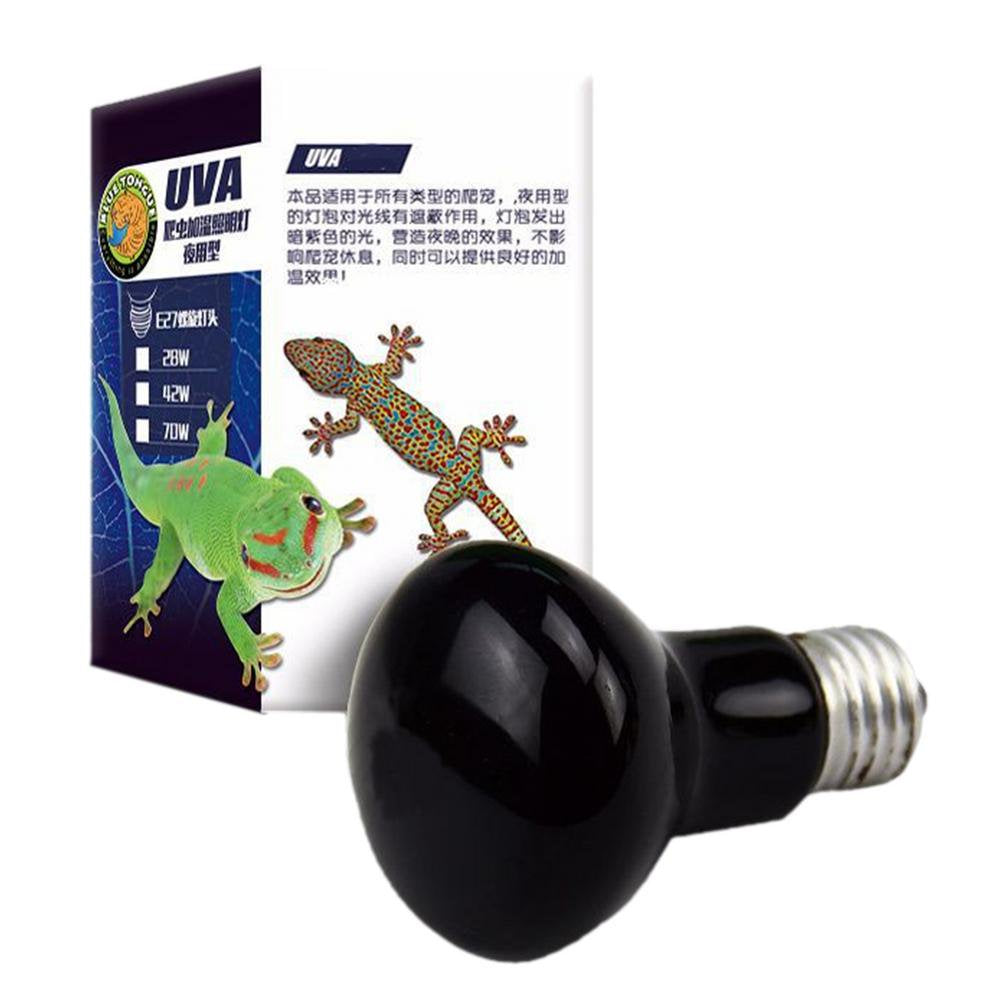1
/
of
8
Geruite
Geruite Reptile Heat Lamp Bulb Basking Spot Lamp for Reptiles Reptile Heat Bulb for Reptiles UVA Light Bulb for Lizard Tortoise Bearded Dragon Hedgehogs Expert
Geruite Reptile Heat Lamp Bulb Basking Spot Lamp for Reptiles Reptile Heat Bulb for Reptiles UVA Light Bulb for Lizard Tortoise Bearded Dragon Hedgehogs Expert
Regular price
$33.00 AUD
Regular price
$0.00 AUD
Sale price
$33.00 AUD
Unit price
/
per
Shipping calculated at checkout.
Couldn't load pickup availability
- 【Heat Efficiently】Our heat light is perfect for observing your pets at night without disturbing their normal activity cycle. Reptile Heating Bulbs increase the overall air temperature in the glass container by UVA rays.
- 【Convenient Installation】Hot bulbs are replaced every 3 months, Reptile Heating Lights are used 4-6 hours per day, and UVA exposure is most effective. For use with standard E26 lamp holders, 120 volts and easy to install.
- 【Ideal Choice】This Reptile UVA Bulb provides the perfect spectrum for synthesizing vitamin D3, which is necessary for proper calcium absorption, and is ideal for all tropical and subtropical reptiles.
- 【Steady UVB Output】Our Basking Spot Lamp for Reptiles will make reptiles more active and create a comfortable environment for your pet. It has a stable UVB (5%) and UVA output.
- 【Scope of Uses】Reptile Heating Lamp Bulb is suitable for turtles, geckos, snakes, iguanas, lizards, chameleons, frogs, toads, jaws, hermit crabs, bearded dragons and more.
Description:
Our Reptile Heating Bulbs are perfect for observing your pets at night without disturbing their normal activity cycle. Increase the overall air temperature in the glass container by UVA rays. Beneficial for reptile activity, digestion and reproduction. Suitable for a wide range of reptiles and amphibians including turtles, geckos, snakes, iguanas, lizards, chameleons, frogs, toads, jaws, hermit crabs, bearded dragons and more.
Specification:
Name: Reptile Heat Light
Type: 28W,42W, 70W
Material: glass
Packing List:
Reptile Heat Bulb x 1
Note:
Please allow slight tolerances in size due to manual measurement, and lighting in photography may result in a difference in color than in real life.
















